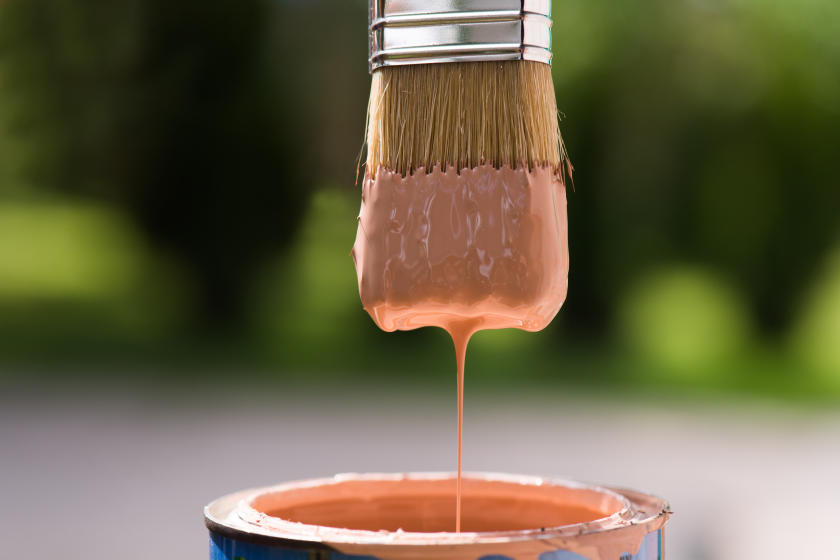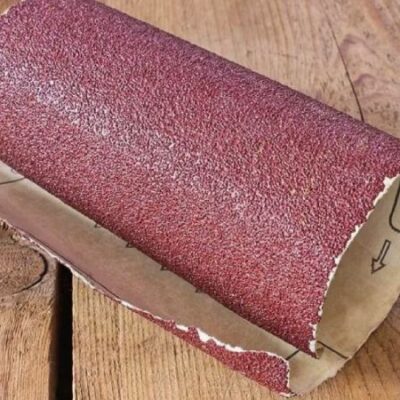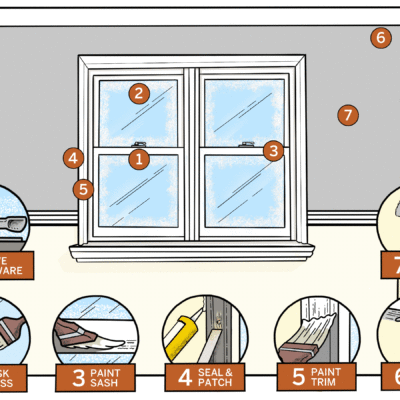Using Paint Thinner Properly

Paint thinner is a generic word for various solvents used to dilute paint or clean it off brushes, rollers, and other painting implements. The most common paint thinners include turpentine, acetone, naphtha, toluene, and xylene.
Taking Precautions
Because of the potency of the chemicals in paint thinner, it is essential to operate in a well-ventilated area while wearing protective gear. Proper safety gear includes a face mask, gloves, a long-sleeved shirt, long trousers, closed-toe shoes, and safety goggles with a rubber seal to avoid eye discomfort.
Techniques for Cleaning Painting Equipment with Paint Thinner
Pour some paint thinner into a container.
If you want to use paint thinner, you’ll need a container big enough to accommodate your brushes, rollers, and rags but small enough to be easily dipped. To avoid contamination, avoid using plastic.
Pickled rollers and brushed-off brushes
Remember to add the paint thinner to the brushes and rollers container. Put some thought into the clothes you’re wearing. Don your protective gear (gloves included) and be ready to help wipe away the paint as the paint thinner dissolves it. To remove any remaining paint thinner, wash the roller and brush in warm, soapy water before drying them off.
Paint Containers, Palettes, and Other Items Needing Cleaning
You may wipe up spills of paint thinner that have occurred outside of the container on the outside of the can, in the bottom of the paint tray, or on any other non-container items that are safe to use with paint thinner by using a dry cloth or rag.
Remove Paint with Thinner: A Step-by-Step Guide
Find the Right Paint Thinner for Your Project
It is crucial to use a paint thinner designed for use on the desired surface material. Products designed specifically for hardwood, drywall, aluminum, steel, and other materials are some of the many that can be found on the market.
Apply Paint Thinner
Start by testing a small area of the wall, ceiling, or another surface with a thin coat of paint thinner applied with a cheap paintbrush. See the label on the can to find out how long you should let the paint thinner sit. The paint softens after roughly 20 minutes.
Wipe away the paint thinner
When removing the paint, use clean water and a towel to wash out the area where the paint thinner was applied. The wood or metal will be more protected and ready for painting after this process.
Paint Thinner: How to Use It
Pick the Right Paint Diluent
Thinners for paint are available in a wide variety of formulations, each optimized for a certain task; as such, it is important to choose a thinner that is compatible with the paint being used. Put away the Paint. When the paint has been softened enough by the paint thinner, it may be easily scraped off using a plastic paint scraper. Plastic scraping may not remove all the paint, so you may need to use more paint thinner.
Create the paint thinner by measuring and mixing the ingredients.
For most uses, a 3: 1 or 4: 1 ratio of paint-to-paint thinner works well.
Make a sample batch by mixing a tiny quantity of paint and thinner. Start with a mixture of four parts paint to one part paint thinner. You may adjust the paint thinner quantity up or down until you get the desired consistency. You can make a lot more paint after you find the right proportions.
Put the Ingredients to the Test
To begin, prepare a paint sprayer or apply a small amount of paint to the area you want to use so that you may evaluate the consistency of the paint. The way that it seems as well as how effectively it adheres. It is essential that the paint is applied uniformly and that it completely covers the surface without leaking or running. You should test the paint often while adding a small amount of paint thinner at a time to see whether or not it has the appropriate consistency for you.
Safekeeping of Paint Reducer
Once the paint thinner has been used, the bottle should be resealed and kept in a cold, dry place. Paint thinner should be stored at the recommended temperature, which may be found in the manufacturer’s instructions; a basement workshop, garage, or shed can be used for this purpose, provided that the temperature does not rise beyond 100 degrees Fahrenheit during the summer. Because paint thinner is often combustible, if the container is exposed to high temperatures, the paint thinner within might evaporates, leading to the potential for an explosion or fire.









